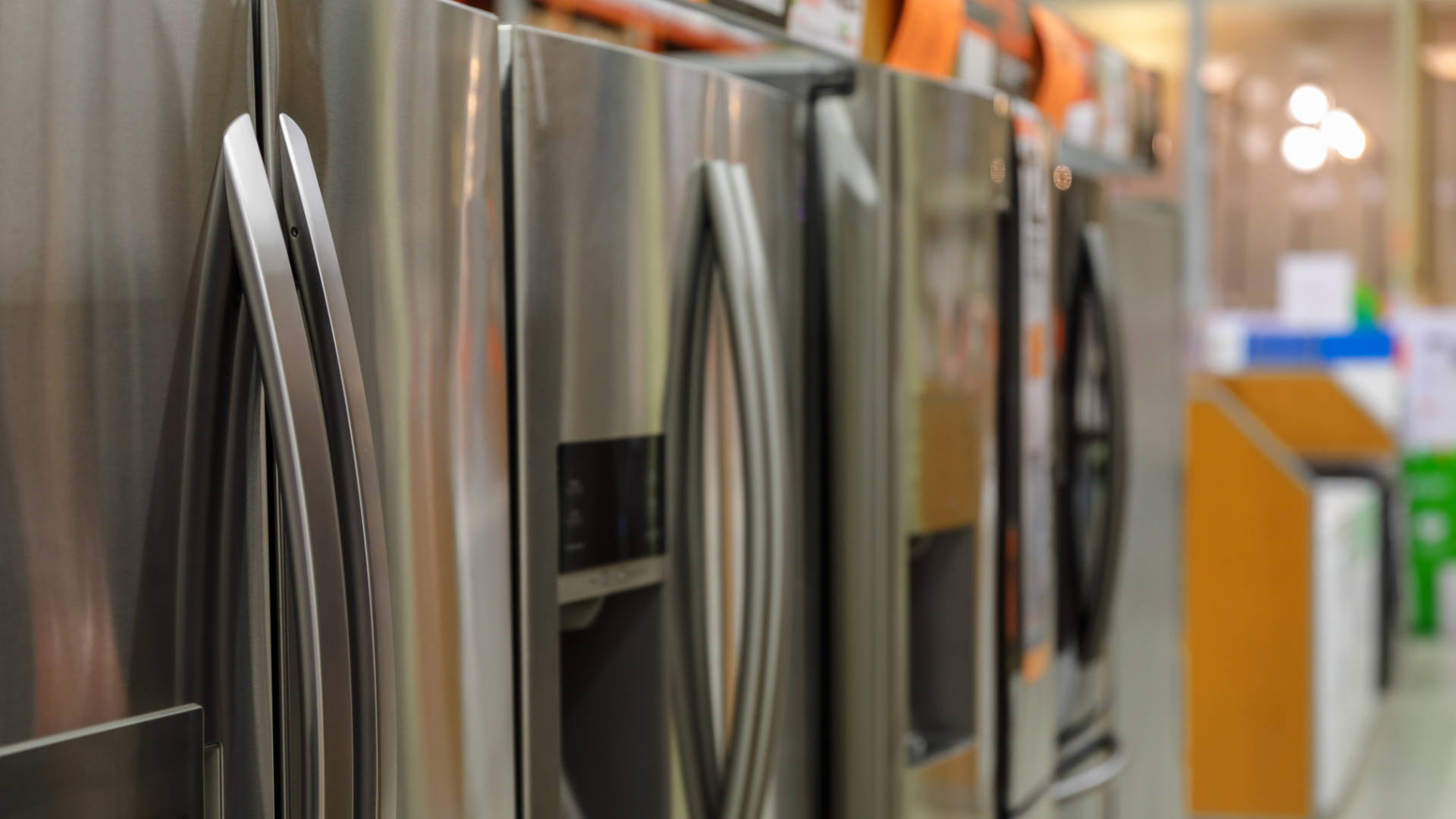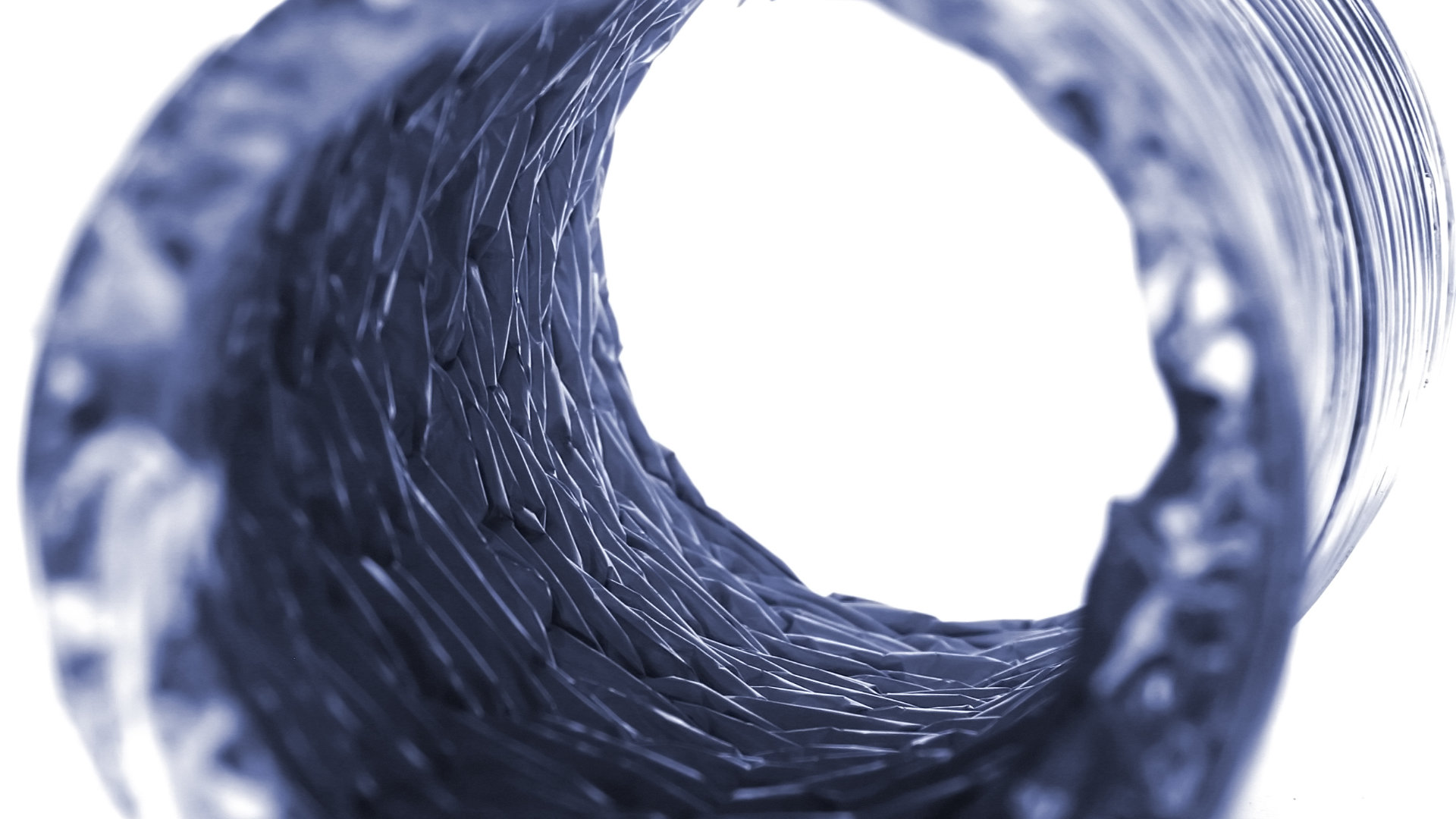
Your appliances work hard for you on a day to day basis. They make life easier by cleaning and drying your dishes quickly, keeping your food fresh and your juice cold, and helping you prepare a delicious meal for the family. Imagining life without them seems impossible. They have become such a normal part of our routine that sometimes we forget how lucky we are to have them. We don’t pay them much attention until something goes wrong. But, if we simply put in a little maintenance, we’d come across fewer malfunctions, and our appliances would continue running longer. Refrigerators for example, with the proper care, can last anywhere from 14-27 years. But if treated with neglect, that number lowers significantly. You’ll find a list below that will help you discover a few simple ways you maintain your fridge so that it continues to keep your food and beverages fresh for a very long time.
Check the Door Seals
When your door seals get clogged with residue, they don’t close properly. This allows air to seep out of the refrigerator. Not only is this wasting electricity and likely raising your utility bill a bit, but it also causes your refrigerator to work harder than necessary to keep your veggies fresh. You should clean your door seals about two times a year to ensure they’re free from debris and doing their job of keeping cool air inside the fridge where it belongs. To clean the area, simply take a toothbrush and a solution of baking soda and water and scrub the area of any lingering food particles. After that, you should test the door seals to make sure they’re not damaged. Take a dollar bill and close it inside the door. Half the bill should be inside the fridge, and the other half should be sticking out. If it slips out easily when tugged, your door seals might be damaged and should be checked by a professional.
Defrost
If you’ve noticed frost accumulating in your fridge, you may need to do a manual defrost. Measure the frost to see if it has a thickness of one-half inch (or a little more than one centimeter). If it does, it’s time to defrost. To do this, first remove all food from the refrigerator and freezer. Next, you’ll need to turn the thermostat off or unplug the unit entirely. This will cause the gathered frost to melt. Wait until all the frost has fully melted before turning the unit back on. Once the refrigerator has reached the operating temperature you can restock your fridge and freezer. If you have a self-defrosting fridge, you won’t have to go through the trouble of manually defrosting it. Your fridge will heat its cooling coils slightly every six to eight hours in order to avoid frost buildup. This process creates water that then drips into a shallow pan at the bottom of the fridge. The water gathered isn’t a significant amount and will evaporate quickly, but you should clean the pan from time to time to avoid bacteria growth and foul odors.
Clean the Coils
You probably dust your house on a regular basis, you’re likely neglecting your fridge. Don’t worry, you’re not alone; most people do. Even those who do dust their fridge normally focus only on the door, but that’s not enough. The condenser coils on your refrigerator can’t function efficiently if they become covered in dust. This is a problem since condenser coils are responsible for removing heat from refrigerators and freezers. The next time you’re dusting, take a minute to clean these coils. To do so, pull the fridge away from the wall to reveal the coils in the back, or snap off the grill if the coils are located on the bottom front. Don’t forget to unplug the refrigerator before you begin cleaning. Once that’s done, vacuum the coils with a brush attachment. This should be done about twice a year.
Set the Right Temperature
If your fridge temperature is set too low, it could cause your fridge to work too hard and use too much energy. On the other hand, if it’s set too high it won’t cool your produce properly. Your fridge should be set to, or just below 40 degrees Fahrenheit, and the freezer should be set at zero degrees. This will keep your food fresh and prevent your fridge from using up too much energy.
Stock Your Fridge
An empty fridge is a bad thing. Not only do you have no food inside, but it could actually cause issues with your refrigerator’s functionality. Refrigerators require “thermal mass” to maintain low temperatures. When you open and close the refrigerator door, you allow warm air to seep in and cold air to escape. To counteract that, you need cool food and drinks to help absorb any warm air that enters the appliance. If you’re not a master in the kitchen and tend to eat-out often, you might consider storing a few jugs of water in your fridge to help take up some of the empty space.
Prepare Yourself for a Power Outage
If the power in your house goes out, do not open the refrigerator door. You should try to keep it shut throughout the entire outage if at all possible. Try eating food from the pantry, or consider ordering pizza and eating by flashlight while playing a board game with the family. An unopened refrigerator will keep food safe for four hours, and a freezer will maintain its temperature for 48 hours if full and 24 hours if half-full. These numbers drop significantly each time you open and close the doors since you’re letting what cold air remains out of the fridge and replacing it with hot air. The fridge, without power, has no way to fix this issue, and the air inside will warm up at a significantly higher rate.
If you follow these simple maintenance steps and show your fridge a little love and care from time to time, it will continue to serve you well for many years to come.

Your Guide to Whirlpool Microwave Replacement Parts

What to Do When Your Kenmore Dryer Won’t Start

How to Resolve the LG Washer LE Error Code

Why Does My Oven Smell Like Gas? Causes and What to Do

Maytag Dryer Not Heating? Here’s How to Fix It

6 Common Reasons Your Speed Queen Dryer Isn’t Heating

8 Reasons Your Samsung Refrigerator Is Not Cooling

9 Most Reliable Washer and Dryer Brands

How to Get Ink out of Your Dryer the Easy Way

Why Is My Fridge Making Noise That Stops When the Door Is Open?

Frigidaire Refrigerator Error Code H1: Causes & Solutions

How to Clean a Dryer Vent Without Moving the Dryer

9 Reasons Your LG Refrigerator Isn’t Cooling

LG Refrigerator Not Making Ice? Here’s What To Do!


